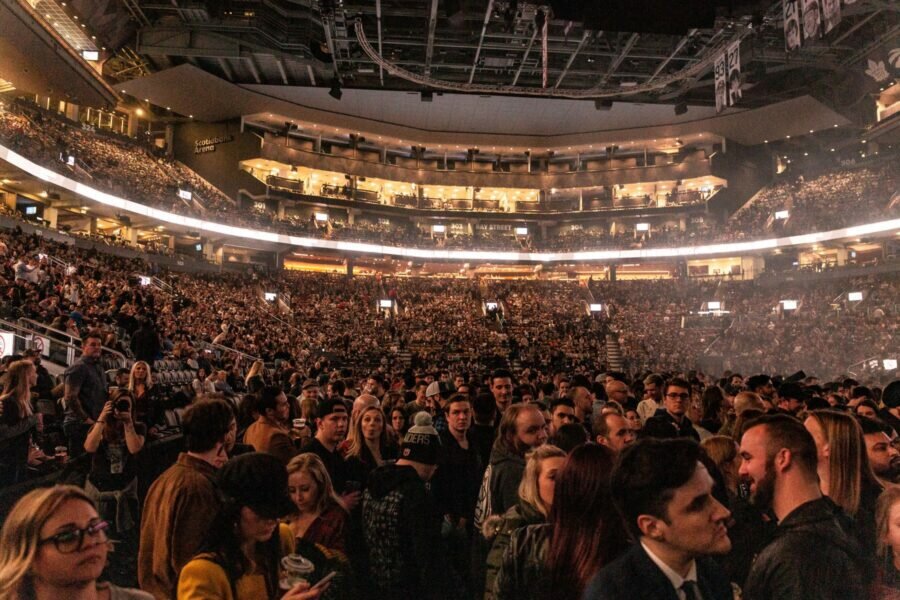This year, we have all seen that people’s behaviour has altered. Under the pretext of being ‘aware’, we’ve seen germophobia surfacing (OCD), along with increased anxiety and paranoid behaviour. Just to clear any confusion, I’m not talking about basic health protection measures and hygiene, but about taking it to extreme. The lockdown imposed across the globe, for different time periods, has impacted our emotional wellbeing. While justified by medical reasons, the overall virus threat and fear-instilling news have led to an increased state of anxiety. One of the responses it can trigger is agoraphobia.
What is agoraphobia?
The public perception of agoraphobia would translate as ‘fear of open spaces’. It’s actually more than that. It can mean fear of public transport, of being in a crowded place or simply being outside alone. The actual definition of crowded may vary. In the end it turns to a fear of leaving your home.
Agoraphobia symptoms, from hyperventilation to somatizations are similar to panic attacks. We’ve explained here quick ways to manage a panic attack. As with panic attacks, once the physical symptoms manifest, you start fearing ‘cognitive’ reactions. Cognitive symptoms would be for example a perception that everyone stares at you, fear that you will look weird or stupid if you manifest panic, fear of losing control or you mental sanity. As a result, people affected by agoraphobia start to avoid exposure to triggers, meaning they become housebound. The fact that more and more services can be ordered online now (from banking to grocery shopping) will push people suffering from agoraphobia to avoid seeking help.
Causes
In normal conditions, agoraphobia is a complication of panic attacks. Any previous record of depression, other phobias, generalized anxiety or substance abuse will facilitate this disorder. However, people living with a chronic fear of terrorism or illness, or following an accident, may develop agoraphobia. Constant fear of crime may lead to the same result. For it to be considered a disorder, it has to be present for over 6 months and the fear felt must be disproportional to the possibility of danger.
As a little experiment, you may notice that after staying in lockdown for more than a week, your perception is altered: everything seems noisier, you may feel like you can’t breathe properly, you might even perceive people as staring at you.
Prevention and treatment
Regular exercise, meditation and healthy food are the easy steps in correcting any anxiety problems. Avoiding alcohol and high concentration of caffeine will also prove beneficial. Even if you work from home and your activity may be solitary, force yourself to have a contact with other people, by calling them on the phone. Chatting over social media or other chats does not have the same effect. The human being (as a species) is a social mammal and that will not change for the foreseeable thousands of years.
The key however when treating a phobia is to understand why it developed and how it works. Decomposing and analysing the condition, instead of simply reacting to feelings is essential. I encourage anyone with symptoms to visit a therapist. Best news is that it’s fully treatable without secondary symptoms. The earlier you start addressing it, the better.
Conclusion
The isolation experienced in 2020 has pushed everyone out of their comfort zone. It also made people reconsider the place they live in and the persons they share space with. All medical measures taken at a country scale have targeted only physical symptoms, as this is the priority for now. You can’t afford to wait for others to take care of your mental health. If you are experiencing depression or anxiety, you need to take ownership and act. You can do it.

